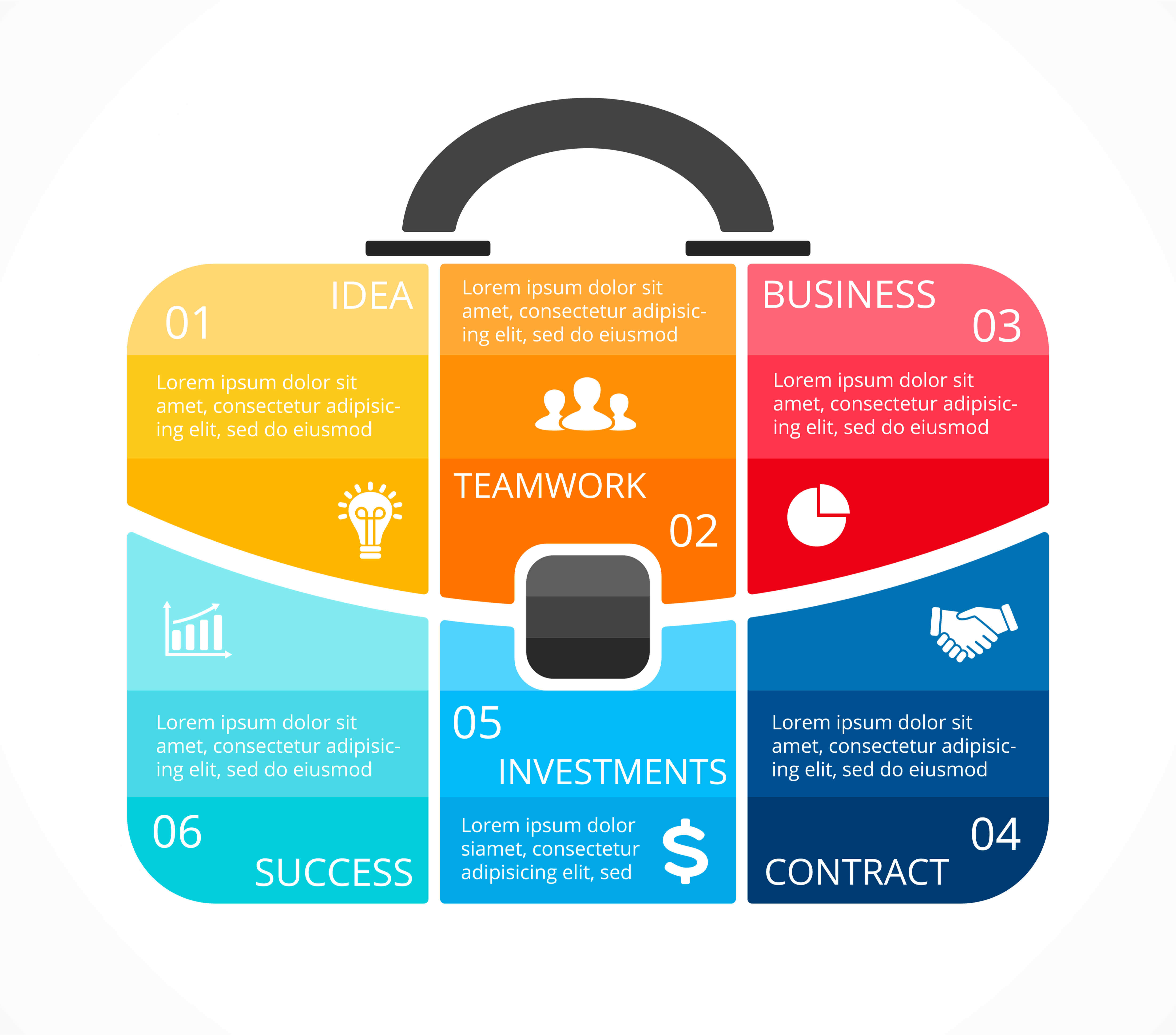The organizational culture is complete mayhem right now because of the humongous size of projects and activities of thriving companies throughout the industry. When the projects are large in size and number, there has always been a need for a strategy to manage the mix of interrelated, connected and dependent projects. That’s where Project Portfolio Management comes in.
PPM is the ultimate solution for all of the projects to be managed together; past, present, and future of the whole process of the projects and effectively calculate what the priority chart of the projects should be and what the sequence of the projects should be for the maximum ROI.
Every day in the organizational culture, we discuss projects as discrete units that seem to be independent, but the actual truth is that when the projects are of the same company, they are bound to be interconnected. The main question is by how much they are dependent on each other.
Projects are largely connected by many different factors like budget, resources or timeline. But how would we manage the mix of projects and prioritize them in our daily agenda, for maximum ROI, is what managing a project portfolio is ultimately all about.
If you are reading this article, then you probably know a bit about organizational workflow.

Your company would have many projects that are being worked on at the same time, and due to the flow of resources from the same source, the client being the same for all of them or any others you might be doing just for some pure innovation, they might be overlapping.
But as the boss, how would you know that you are making good decisions about your company? How would you know that you are keeping yourself and your team focused on the right things for your company and at the right time? We are all asking the same questions and the answer to all of them is Project Portfolio Management.
In this post, we would let you know all of the strategies and procedures to successfully implement PPM to attain incredible returns from projects.
With different projects demanding our attention and the shared resources that have to re-routed every day, PPM is the only thing that helps us to succeed in this organization jungle otherwise we will fail because of poor ROI.
Let us take a look at PPM from the start and figure out why it is important in actuality as it is in theory.
What is PPM?
Project Portfolio Management is the concept of a unique strategy that refers to a centralized management process of multiple project portfolios to attain strategic objectives.
It is an incredible way to successfully bridge the gap between the strategy and the implementation phase of the project and ensure that the company can effectively leverage their project selection based on various factors and execution success.
Project Portfolio Management is basically used by the organizations to figure out their potential returns on a project. It makes a huge difference in their progressional strategies. How? Because, they will invest in new projects that are less prone to lose and always make an informed decision, no matter what the issue.
PPM is even more than that though. It also is helpful in promoting and facilitating team communication. Also, it makes sure that all the people involved in the projects are on the same page and there are no bottlenecks in the future.
When PPM is executed properly, it proves to be a phenomenal tool that will attract all of the stakeholders and their buy-ins. By enabling all of the important people that are connected to the organization, see the bigger picture that you are trying to achieve, can really help you avoid any problems that can hinder performance in the future.
Project Portfolio management also promotes transparency in the whole process, proper governance over any and all issues, and also accountability for everything.
How is Project Portfolio Management different than Project Management?

Project and Portfolio management are similar in a way that they require the same general skills to be successfully executed but despite their similar names, both PM and PPM are quite different.
Project Management, if you are familiar with the organizational culture, is the complete implementation of all of the knowledge, tools, skills, and techniques to complete the project activities. All of these factors help to meet project requirements and the importance of PM cannot be over-emphasized.
The keyword in the PPM, on the other hand, is Portfolio. Project Portfolio Management is not really concerned with all of the running projects in the organization’s roster, rather it focusses on choosing the right project to get involved in and how to effectively fund them to completion.
Projects that are not necessarily important to achieve the company’s objectives are removed from the roster. Why? Because if you really think about it, a project is supposed to help the company progress and if you were managing a company’s portfolio, you would reject every proposal like that.
What Is the responsibility of a Portfolio Manager?
As a person managing the portfolio of a company, the portfolio manager is a very important part of the whole process because they are the key piece for the successful execution of all of the strategies of the company.
Generally, the role of the manager involves managing multiple portfolios and developing different financial strategies. They can be financial models and algorithms. All of these strategies align the projects to better serve the company’s strategic goals.
A more successful strategy that can be implemented by the Portfolio Manager is to develop management standards. These standards will help guide the portfolio and maintain its dominance.
The PPM Process

An effective Portfolio Management process generally involves these five steps, which are:
1. Creating an Inventory and Establishing a Strategy
First and foremost, you should identify all of the projects that are on the company’s roster by gathering the necessary project and organizational info.
When you have acquired that information, you would be able to categorize the tasks, identify the strategic goals of the company and finally determining whether the projects support those strategic objectives of the company or not.
After you have finalized the appropriate strategy, you need to build an implementation team to carry out that strategy. This team should include members that are from the technical department and the portfolio members, among many others. The head members of the implementation team are normally made up of senior management.
2. Analyze
The next step is to analyze the possible pros and cons of your Project Portfolio. The best thing is to evaluate each project independently and also:
- Project milestones
- Potential ROI
- Reporting schedule
- Resource allocation
After collecting all of this data, it’s a good approach generally that you organize all of it by category. Generally, these categories include:
- Completed
- Canceled
- Growth
- Survival
A good communication process is also very beneficial to the whole analyzing process of PPM. Analyzing the information also eliminates the chances of a project being repeated, which could really affect the growth or even stopping it completely.
3. Ensuring Proper Alignment
The next step in the process is to perform an alignment analysis. This will help you keep an eye on all of the resources and whether or not they are being directed to the critical projects.
This analysis will also help you figure out the probability of whether the new projects, you are thinking of undertaking, are really aligning with the company’s interests or not.
4. Management
The next step is the management part of the whole process. At this point, you need to view the project portfolio and make all of the decisions that are necessary for the betterment of the company. Some of these management duties are the reallocation of budgets, resources and also reprioritize the whole allocation paradigm, based on the information you gather from the previous steps of the Portfolio process. Also, you have the duty to reschedule different projects that you might’ve previously thought to be useful for the company.
5. Test and Adapt
The last step is to test your activities at every step and adapt to the changes you unravel. You won’t certainly get your PPM process right immediately and you shouldn’t even expect to. Because you will need to adapt to all of the information and make the required changes as you move along.
Managing a Project Portfolio is an incredibly complex process because of all of the unknown factors that are involved. But there are many portfolio management templates and software that can help you be better in your quest.
What is the secret of achieving success through the PPM process?
It’s a good chance that when your Portfolio would be rolled out, you won’t really nowhere to go from there. Here are some tips to achieve success:
- Accurate identification of risks
- There shouldn’t be any shame or fear to cancel a project which has become a burden rather than bliss
- Don’t Micromanage.
- Enable your IT planning teams, C-suite, and architects to align your execution strategies with the business ones
- Make time and task management simpler for the team members
- Obtaining accurate data is very crucial to the whole process and this activity should be properly prioritized.
PPM Software

If you want to perform a successful project portfolio management procedure, then choosing the perfect software and tools is the key point you have to focus on. But that’s not always easy. Why? Because In whichever field, you have a lot of different options for the “best” software for anything.
However, the term “best” depends on the needs and requirements of the user. Something that is best for you might not nearly be acceptable for another company. It really depends on the situation of the user and how many projects are underway.
Let us take a look at all of the questions you need to ask yourself before choosing the PPM software for your company.
- Is the software useful for internal employees or just the external employees or both of them?
- Do I really care about the presentation or the interface?
- Should the software be web-based?
- How many members will use the software?
- What do I need the software for?
These are some of the best questions, that can make a map for you in your quest to find the best PPM software for your company or any other tools that you might be needing. It’s fairly regular though to test a bunch of that software before making a final decision.
Check this article: How to Use nTask for Waterfall Project Management – A Practical Guide for First Timers
Benefits of Project Portfolio Management
The main benefits associated with project portfolio management are:
- It builds governance and oversight into the management of projects.
- It emphasizes focusing on the bigger picture and not get caught in little squabbles.
- It makes decision-making easier in those companies where there are bound to be project conflicts.
- The whole process eliminates any and every bias, so there are no personal projects in the roster.
- It provides proper alignment and coordination between company objectives and projects.
That being said, PPM is a vast and very versatile field. Due to advancements in technology, project managers have to repeatedly touch base with updated tools that help to get things done faster. This is why we will be constantly updating this post with additional findings to feed project portfolio management knowledge base at nTask. Make sure you bookmark this post and revisit it again for updated future references.

